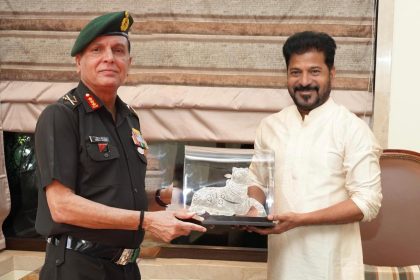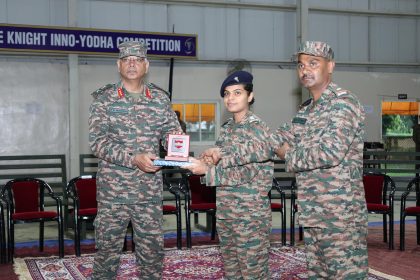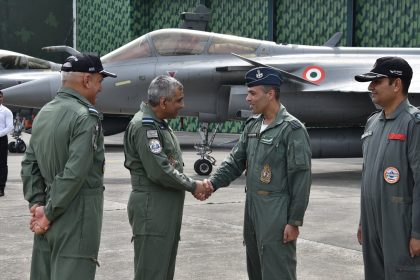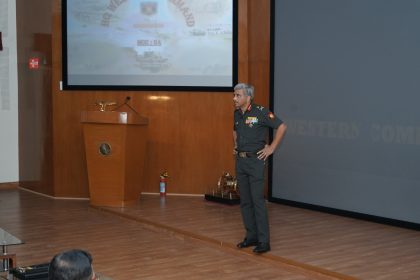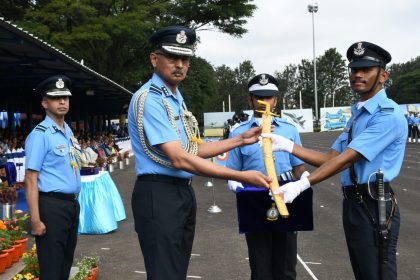‘The War Continued Beyond May 10’: Army Chief on Operation Sindoor
Army Chief says Operation Sindoor went beyond May 10, highlights India’s new normal against terrorism.
Lt Gen Dhiraj Seth and Telangana CM A Revanth Reddy Forge Strategic Military-Civil Synergy in Apex Level Interaction
The interaction signals a decade of transformation.
Nagrota Hosts White Knight Inno Yodha Competition 2025-26: A Leap Towards Self-Reliance in Indian Defence
The XVI Corps of the Indian Army, headquartered at Nagrota Cantonment, recently concluded the White Knight Inno Yodha Competition 2025-26…
Air Marshal Ashutosh Dixit Reviews Operational Preparedness of Indian Armed Forces in Eastern Sector
Air Marshal Ashutosh Dixit, Chief of Integrated Defence Staff (CISC) at Headquarters Integrated Defence Staff (HQ IDS), is currently on…
Western Command Hosts 54th Higher Command Course Participants for Strategic Briefing
The Higher Command Course, conducted annually at the Army War College in Mhow, Madhya Pradesh, trains between 2,500 and 3,000…
Air Force Technical College Passing Out Parade 2025
The Air Force Technical College (AFTC) in Bengaluru marked a significant milestone with the graduation ceremony of its 105th Aeronautical…


